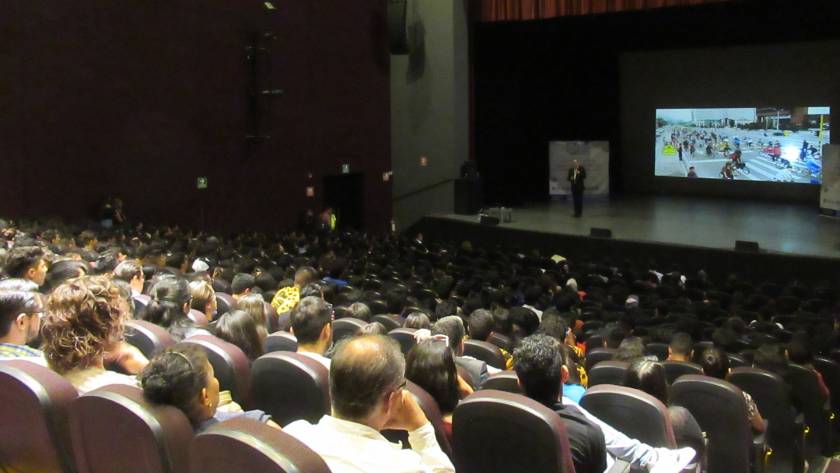Key Takeaways
Human-Centric, Data-Informed Urbanism: It is vital to combine observational insights with new digital tools to understand how people actually use urban spaces. This includes measuring public life and leveraging qualitative inputs (such as participatory photography and map-making) alongside quantitative data.
Summary
Cities must transition from fixed long-term plans to agile…

